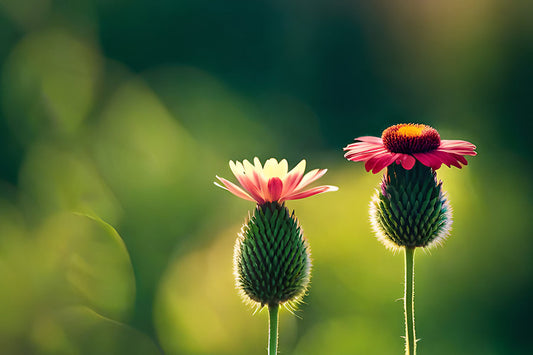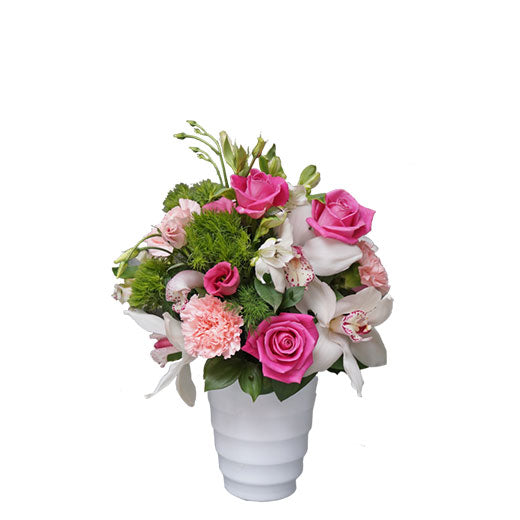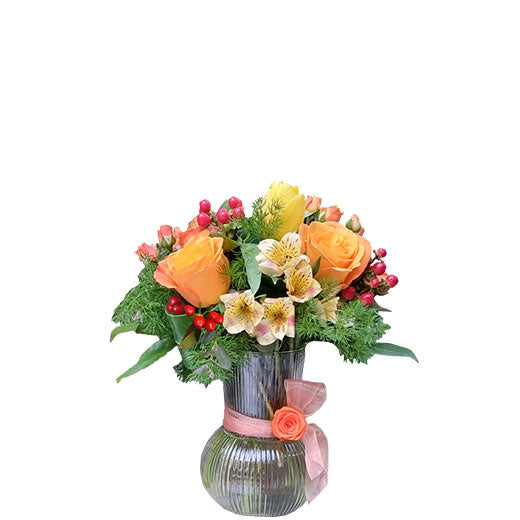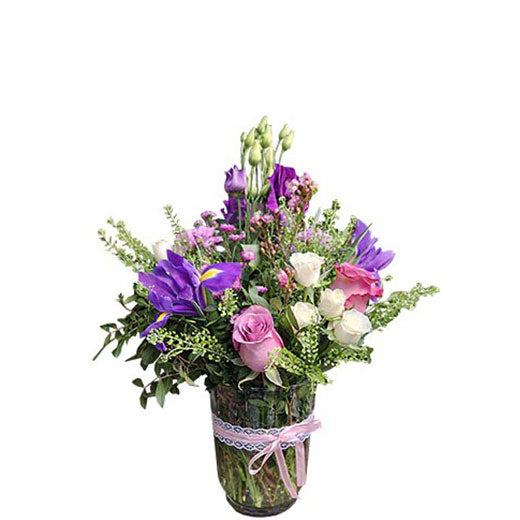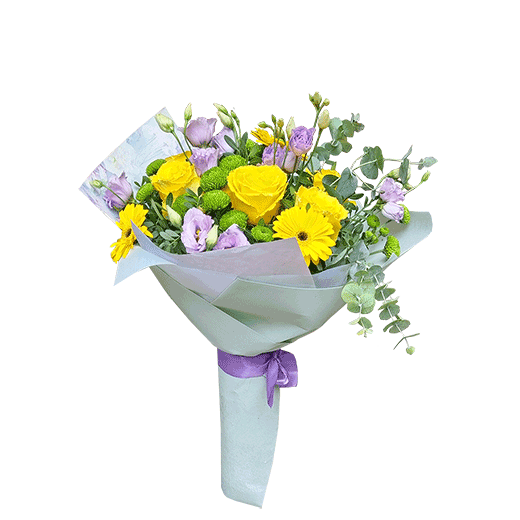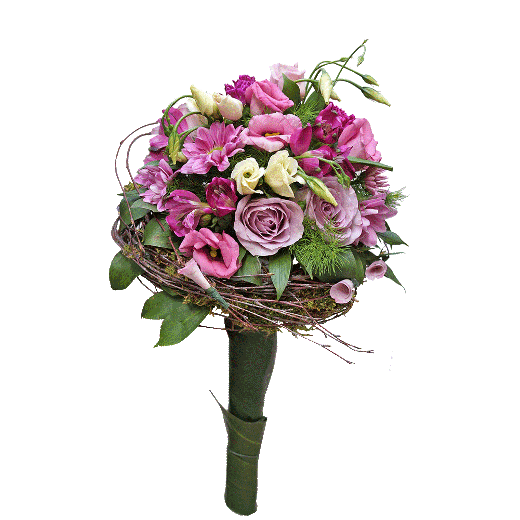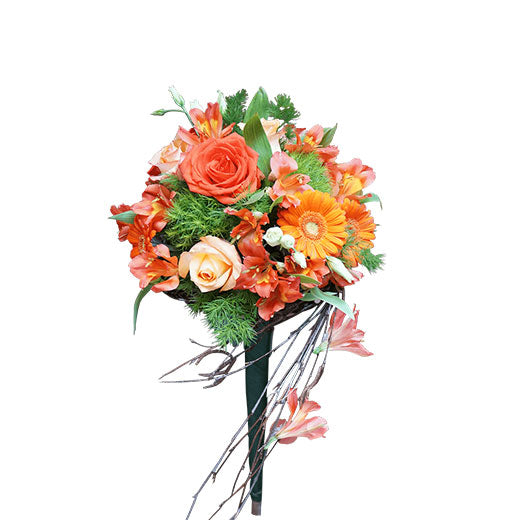|
Plants and flowers require care and attention throughout the year, so we will draw your attention to certain months when your plants require a little more effort.
March
March is the month when you can remove all winter protection from the plants on your balconies. Plants sown in autumn or winter can be transplanted into boxes or pots. Check how the climbers are tied and repair the supports if they have been damaged by frost.
When it comes to the garden, this is the first active month of the year. The most suitable time for planting roses. They should be planted in soil that is rich in nutrients.
The rose likes to be surrounded by flowers that are not superior to her. It is in good harmony with lavender, dwarf sage, diaper, vetiver. Climbing roses go well with the blue flowers of clematis. The hole in which you will plant the rose must be deep enough, the neck of the root should be about 15mm below the surface of the soil.

|
|
April
In April, potted plants should be refreshed with a little new soil, previously digging the surface of the soil so that a crust does not form that makes it difficult for water to pass through.
Twice a week, spray the leaves with water that is not too cold, control the lower plates, so that stagnant water does not collect in them, which can harm the roots of the plant.
On the balcony, on the boxes in which the plants are sown, place a net on which the sun shield is hung, which should protect the most delicate species. It is very light, usually made of some plastic material, and four sticks stuck in the corners of the box are enough to hold it.
. 
|
|
Maj
In May, pay attention that your indoor pots are never exposed to drafts, even when it is very hot, as temperature differences harm them. But they will enjoy being washed by spring rain. The rain will wash their leaves and enrich them with oxygen. Just in May, ants can appear in your garden. They know how to be a real temptation. You will show them in a nice way that they are not wanted if you plant a velvet plant.

|
|
Jun
Although cacti and succulents require less care and feeding, once a month you should add a little cactus fertilizer. There are few plants that can tolerate direct sunlight. Flowering plants prefer northeast or northwest (to have a lot of light, but not to be directly exposed to the sun). Water the flowers in the boxes on the balcony daily, and twice a day during warm and sunny days. Myrrh, basil, parsley ... and other herbs can decorate your balcony and make it fragrant.

|
|
Jul
Given that July is, as a rule, a month of high temperatures and little precipitation, watering is one of the most important care measures. You can also mow the lawn not too low and not too often.
In order for roses to bloom continuously, it is necessary to water them, less often but abundantly. The leaves should not be wet so that diseases do not appear.
Plants on terraces, roofs, and windows should be watered twice a day, in the morning and in the evening. Overbloomed flowers should be removed to form new ones.
Fertilize the plants once a week, and mineral fertilizer should be added to the watering water for indoor plants once every 15 days.

|
|
August
The flowers of many garden plants that are blooming right now can dry out. They should not be overripe, and they should be removed from the stem when they are not moist. The plants are hung up to dry, preferably in the attic.
After flowering, cut off the flowers of roses. The rose is pruned at least above the first petiole, which guarantees flowering.

September
|
|
Indoor plants are no longer brought out into the rain, because the rainwater is too cold, so it can damage the leaves.
Lilies that bloom from June to July are now being planted. The depth at which they are planted depends on the variety and is 8 to a maximum of 15 cm. Lilies like a slightly shady habitat. Varieties that are grown in our climate, i.e. that are favored by our climate, can stay in the ground for years and bloom more and more beautifully every year. In many regions, the late warm summer is called Michaelmas or Babli summer, and it is characterized by the shimmering thin webs that young spiders weave everywhere at this time. Although these animals are not pretty at first glance, they can be considered useful in the garden, as they are natural enemies of pests. In addition, the construction of a spider's web is a true work of art of nature and a pleasure to observe. Although herbs prefer heat, it does not mean that they cannot be grown in winter. Sow them or plant them in pots or boxes, which you will place in a cold but bright place where they will not be affected by frost. Rosemary can be grown in a pot for years. It can also be grown in the kitchen if it is watered regularly.

|
| October
Remove annual plants that have finished their flowering cycle from their pots and plant tubers of spring-blooming perennials in them. Start by covering the lower parts of the most sensitive plants (with peat or straw). Place less resistant species on the sunniest and most sheltered part of the balcony. Decorative squash and pumpkins are being harvested now. They are not used for eating, but for decorating the terrace or rooms in the house.
Calla lilies bloom until October. Now it doesn't need to be watered anymore.
The winter sleep of cacti and broad-leaved plants begins in autumn. They don't need to be watered anymore, at least not like before, nor should they be fertilized. They should spend the winter in a cold place, but without the risk of frost. In a warm room, these plants would not have a dormant period.

|
|
November
Indoor plants are watered less to prevent rotting and wilting.
To give the leaves a brilliant shine, get special sprays for shine. When spraying, keep it at a distance of about 30 cm from the plant.

|
| December
For watering and spraying the leaves, water that has stood for a while is used.

|

















